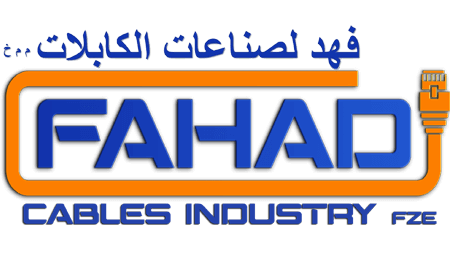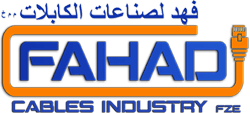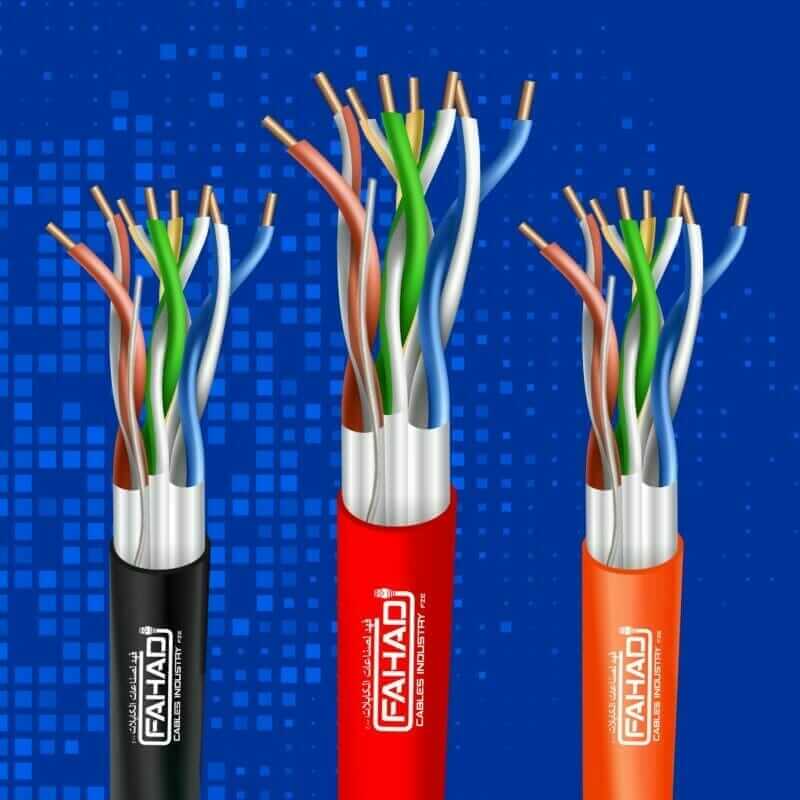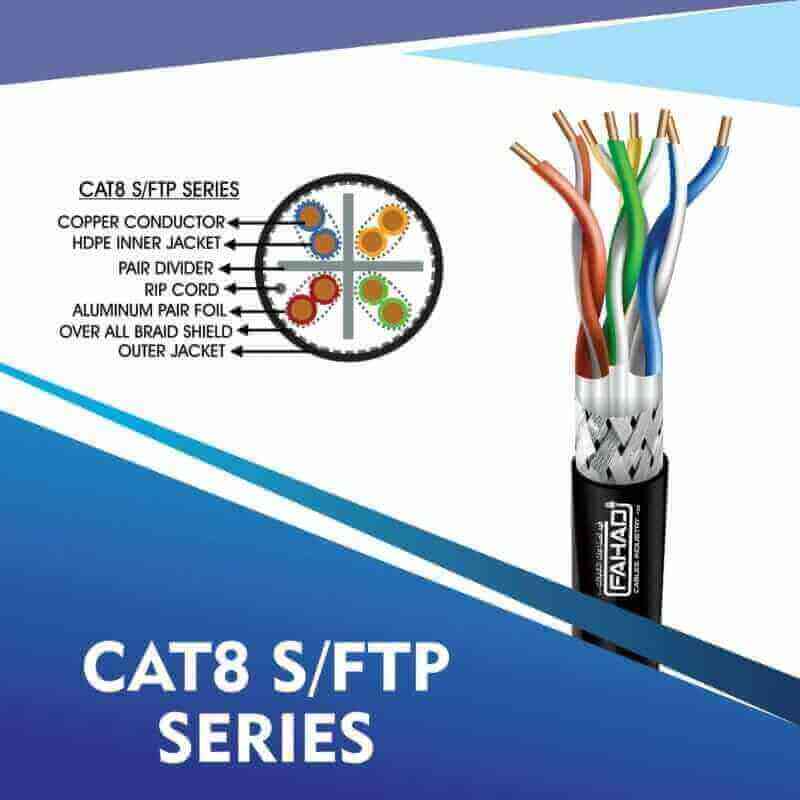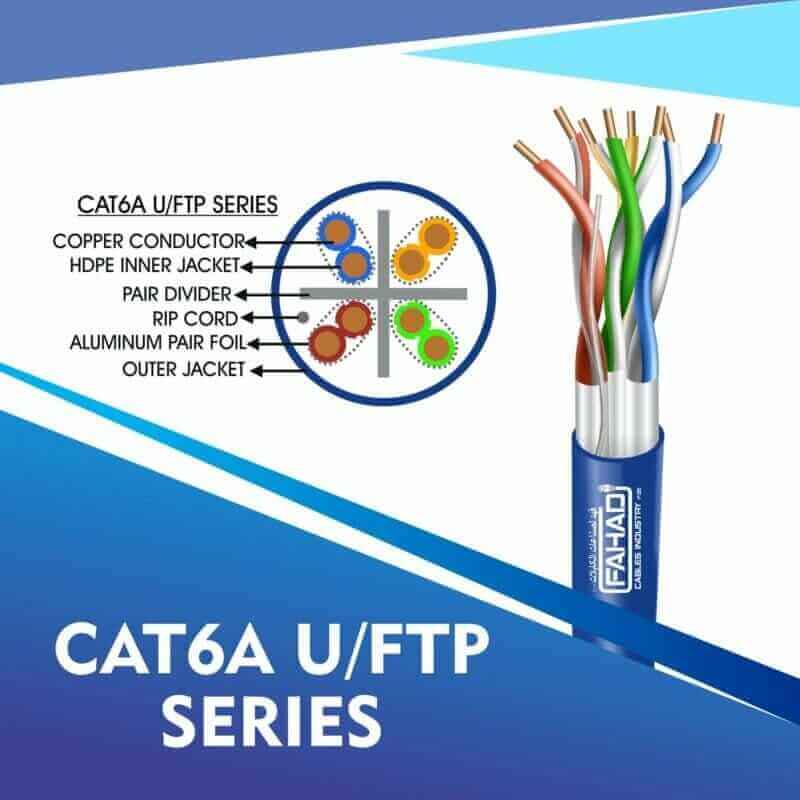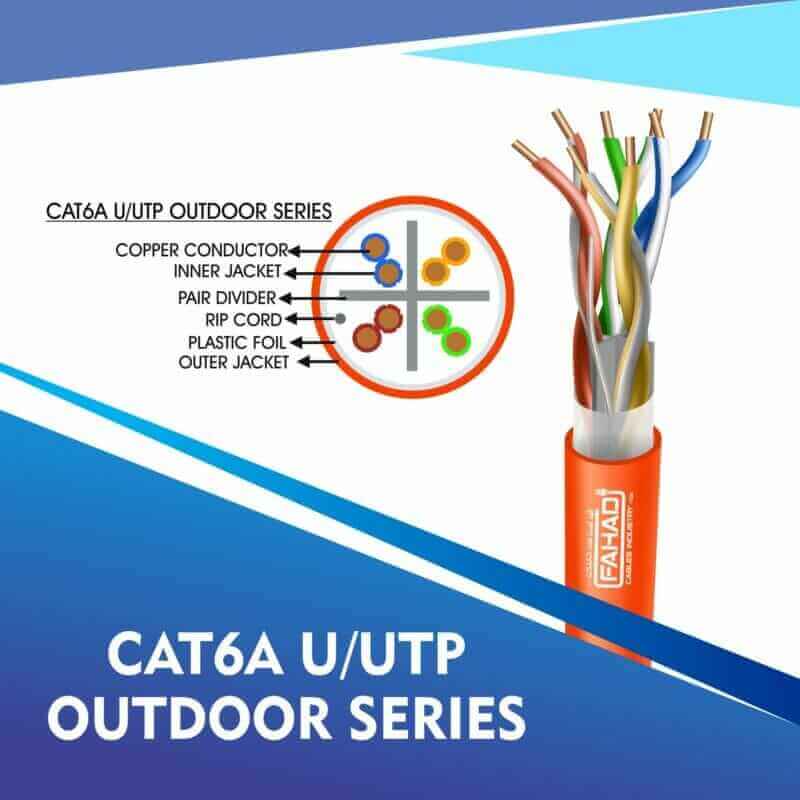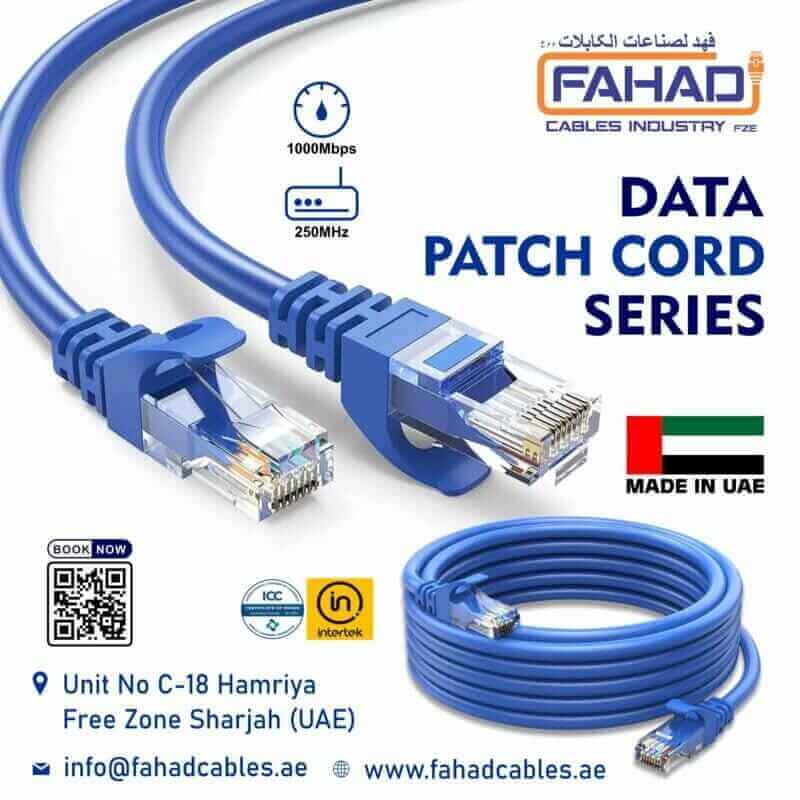- Network Cables
- Control automation Cables
- Data Patch Cord
- fiber optic cable
- Fiber Patch cord Multimode
- Fiber Patch cord Single Mode
- Fiber Pigtails Series
- Coaxial Cables
- security cable wire
- alarm cable
- speaker cables
Understanding Cat6 and Cat6a S/FTP Cables: The Fahad Cables Industry FZE Advantage

Introduction to Cat6 and Cat6a Cables
Category 6 (Cat6) and Category 6a (Cat6a) cables are essential components in modern networking, particularly in environments that require high-speed data transmission. cat 6 s ftp Both cables belong to the twisted pair family and are designed to support the increasing demands for bandwidth in various applications, cat6 sftp cable connector from home networks to large enterprise systems.Cat6 and Cat6a S/FTP Cables
Cat6 cables can transmit data at speeds up to 10 Gbps over distances of up to 55 meters, operating at a frequency of 250 MHz. This capability makes them suitable for most cat6a frequency cat6 ethernet cable residential sftp vs utp cable and small business applications, such as streaming high-definition video, online gaming, and video conferencing. However, as data transmission requirements continue to evolve, the limitations of standard Cat6 cables have led to the adoption of the enhanced Cat6a cables.utp cat6 vs cat6a
cat6a sftp cable
Cat6a cables improve upon the standards of Cat6 by increasing the maximum transmission distance to 100 meters while maintaining the same high speed of 10 Gbps. Operating at a frequency of 500 MHz, Cat6a cables are well-suited for data centers and large networks where substantial data traffic is routine. The enhanced shielding of Cat6a cables also helps reduce crosstalk and interference, making them more reliable for mission-critical applications.
These cables are critical for supporting various technologies, including Voice over Internet Protocol (VoIP), video streaming, and cloud computing. Given their specifications and performance capabilities, choosing the right cable is fundamental to maintaining an efficient and robust network. With the advent of emerging technologies and the growing trend towards smart homes and offices, the importance of Cat6 and Cat6a cables continues to increase in network infrastructure planning.s/ftp vs utp
What is S/FTP? Understanding Shielded Twisted Pair Technology
S/FTP, or Shielded Foiled Twisted Pair, represents an advanced type of networking cabling designed to enhance data transmission. Unlike traditional unshielded twisted pair (UTP) cables, S/FTP cables incorporate an additional layer of shielding both around each pair of wires and around all pairs collectively. This dual shielding is one of the key design advantages, significantly ameliorating the issues of crosstalk and electromagnetic interference (EMI). Crosstalk refers to unwanted signals from adjacent wire pairs, while EMI stems from external electrical sources, both of which can degrade data transmission quality.
The construction of S/FTP cables usually features individually shielded pairs, typically using foil, which protects the signals from interference not just from other pairs but also from external sources. This results in a more stable and reliable data transfer, making S/FTP cables exceptionally well-suited for high-frequency applications such as those found in Cat6 and Cat6a technologies. By reducing crosstalk and enhancing signal integrity, S/FTP technology is particularly beneficial in environments where multiple cables are run close together, such as data centers, commercial buildings, or densely populated office spaces.
Moreover, the robustness of S/FTP cables makes them an ideal choice for installations where performance is critical. When comparing S/FTP to its counterparts, such as U/FTP (unshielded individually twisted pair) or plain UTP, it is evident that the former delivers superior performance regarding data rates and distances. The enhanced protection afforded by S/FTP not only helps in achieving higher bandwidth capabilities but also extends the lifespan of the cable installations. As data demands continue to grow, the relevance of S/FTP technology in the spectrum of networking solutions cannot be overstated.
Fahad Cables Industry FZE: An Overview
Founded with a vision to deliver cutting-edge cable solutions, Fahad Cables Industry FZE stands as a prominent player in the wire and cable manufacturing sector. With years of experience, the company has established itself as a trusted brand, specializing in high-performance networking cables, particularly Cat6 and Cat6a S/FTP cables. The organization prides itself on its mission to provide reliable and efficient cables that meet the ever-evolving demands of modern technology.ftp vs utp cat6
The company’s journey began with a commitment to quality and innovation, which has remained integral to its operations. Over the years, Fahad Cables has invested significantly in research and development, ensuring that it stays ahead in the competitive landscape of cable manufacturing. By embracing the latest technological advancements, Fahad Cables has been able to produce cables that not only comply with international standards but also surpass customer expectations in performance and durability.
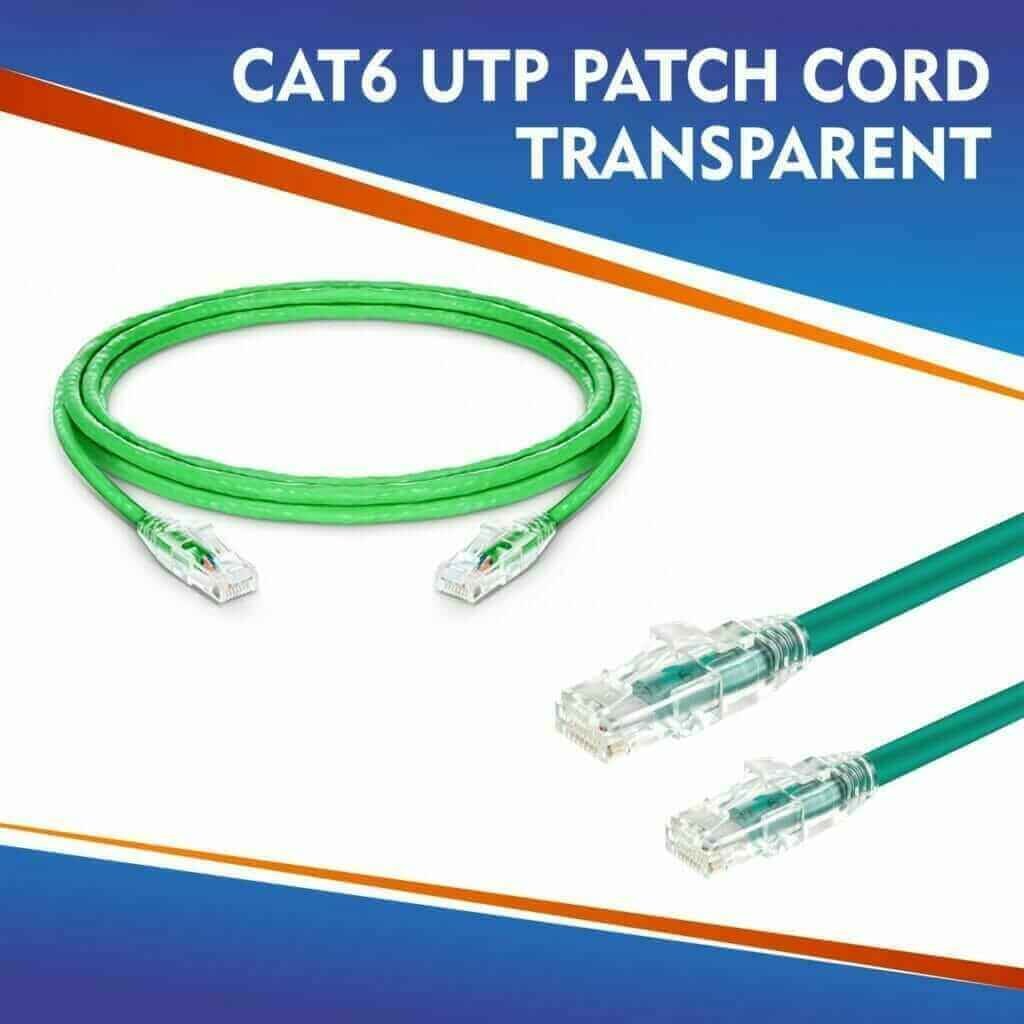
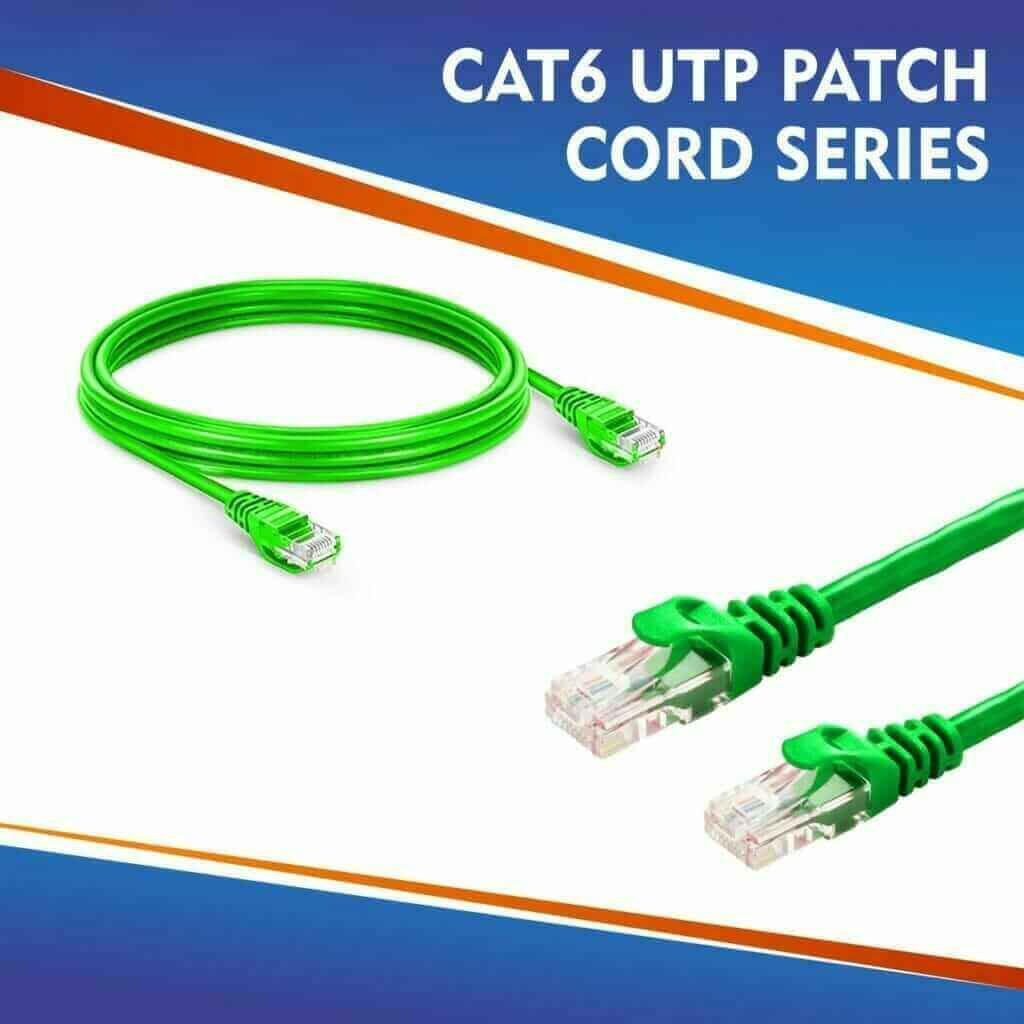


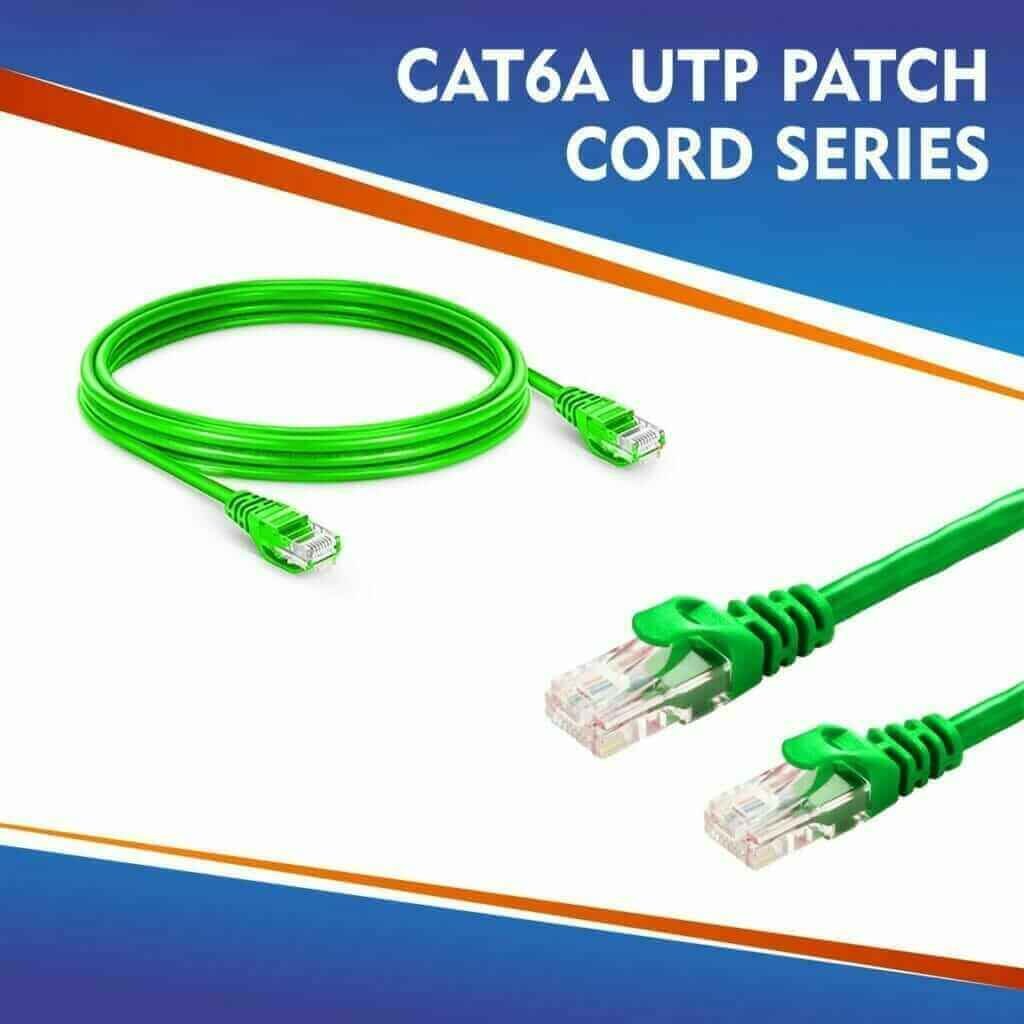
Quality assurance plays a pivotal role in the manufacturing processes at Fahad Cables Industry FZE. They utilize state-of-the-art equipment and adhere to stringent quality control measures throughout the production cycle. Each product undergoes rigorous testing to ensure that it delivers optimal performance concerning bandwidth and data integrity. The adherence to high-quality benchmarks has earned the company a solid reputation in the industry, making it a preferred choice for consumers and businesses alike.
The commitment to innovation and customer satisfaction positions Fahad Cables Industry FZE as a leader in the market. By focusing on sustainable practices and integrating new technologies, the company not only meets the current demands of the industry but also contributes to the future of cable technology. With a robust portfolio of products, including Cat6 and Cat6a S/FTP cables, Fahad Cables continues to exemplify excellence in the cable manufacturing domain.
The Unique Manufacturing Process of Fahad’s Cat6 and Cat6a S/FTP Cables
Fahad Cables Industry FZE prides itself on its exceptional manufacturing process for Cat6 and Cat6a S/FTP cables, which significantly influences the overall performance and reliability of its products. These cables are integral in providing high-speed data transfer, making it essential for their production to follow stringent quality protocols. The process begins with the selection of superior materials, incorporating high-quality copper conductors, which ensure excellent signal integrity and minimal transmission loss.الفرق بين cat6 و cat6a
Furthermore, Fahad employs a specialized technique for insulating and shielding the cables. The S/FTP configuration features individual shielding for each pair of wires as well as an overall shield for the entire cable. This structure is instrumental in reducing interference from external sources, which is crucial for maintaining optimal network performance. The shielding materials used are specifically chosen for their durability and effectiveness in mitigating electromagnetic interference and crosstalk, factors that can significantly disturb data transmission.cat6a vs cat6
cat 7 network cable
Cat 7 network cable, also known as Category 7 cable, is a high-performance twisted pair cable used for Ethernet networking. It supports frequencies up to 600 MHz and can transmit data at speeds of 10 Gbps for distances up to 100 meters. Cat 7 cable features shielding to reduce interference and crosstalk, making it suitable for high-speed data transfer in data centers and enterprise networks. It is backward compatible with Cat 6 and Cat 5e cables.
Another aspect of the manufacturing process is the advanced production techniques utilized, including precision extrusion and high-temperature treatment. These technologies facilitate the uniform application of materials, ensuring consistent quality across all cables produced. Rigorous quality control measures are implemented throughout the manufacturing process, with continuous testing for parameters such as attenuation, near-end crosstalk, and return loss. Such measures not only guarantee adherence to international standards but also uphold the performance levels expected from high-quality Cat6 and Cat6a S/FTP cables.
In summary, the unique manufacturing process employed by Fahad Cables combines high-quality materials, advanced production techniques, and rigorous quality control, confirming the company’s commitment to delivering superior Cat6 and Cat6a S/FTP cables. This meticulous approach is evident in the outstanding performance and reliability of their cables, positioning Fahad as a leader in the industry.
Benefits of Using Fahad’s Cat6 and Cat6a S/FTP Cables
Fahad Cables Industry FZE offers a range of Cat6 and Cat6a S/FTP cables that stand out in the networking market due to their superior performance and reliability. One of the primary benefits of using these cables is their capacity for increased bandwidth. Cat6 cables can support data rates of up to 10 Gbps over distances of 55 meters, while Cat6a cables extend that capability to distances of up to 100 meters, making them ideal for modern applications requiring high data throughput.
In addition to increased bandwidth, these cables provide high transmission speeds that are essential for data centers and enterprise networking. The S/FTP (Shielded Foiled Twisted Pair) design minimizes interference and crosstalk, ensuring that data is transmitted efficiently and without degradation. This is especially important in environments where multiple cables run in close proximity, as is often the case in networking and server rooms.cat 6 versus cat 6a
The durability of Fahad’s Cat6 and Cat6a S/FTP cables is another significant advantage. Constructed with premium materials, these cables are designed to withstand physical wear and tear, while also resisting environmental factors such as moisture and dust. This makes them suitable for various applications, from residential networking to high-end commercial installations.
Furthermore, the versatility of these cables enables them to be used across different sectors, including enterprise networking, data centers, and smart residential applications. With the growing demand for IoT devices and smart home technologies, having a reliable and high-performance cabling system is crucial. Overall, opting for Fahad’s Cat6 and Cat6a S/FTP cables can significantly enhance your networking infrastructure, providing robust performance that meets the demands of today’s data-driven environments.
Comparative Analysis: Cat6 vs Cat6a Cables
When considering networking solutions, understanding the distinctions between Cat6 and Cat6a cables is essential. Both cables are part of the Category 6 specification, but they possess key differences that can impact performance and application. Cat6 cables are designed to support data rates of up to 1 Gbps (Gigabit per second) over distances of 100 meters, making them suitable for most standard networking needs. They operate at a bandwidth of 250 MHz, which allows for efficient data transmission and is commonly used for internet connections, streaming, and gaming.
In contrast, Cat6a cables enhance the capabilities of their predecessor by supporting data rates of up to 10 Gbps over the same distance of 100 meters. They achieve this through an increased bandwidth of 500 MHz, allowing for superior performance in high-demand environments. This makes Cat6a an optimal choice for businesses or setups requiring higher speeds, such as data centers, server installations, and network-intensive applications.
rj 45 cable
RJ45 cable is an Ethernet cable used for networking, allowing devices to communicate over a local area network (LAN). It typically contains eight wires arranged in four twisted pairs, facilitating data transmission at high speeds.
One of the most significant differences lies in their construction. Cat6a cables typically employ shielding to minimize interference and crosstalk, bolstering their performance in environments with numerous devices and potential electromagnetic interference. While Cat6 cables are often unshielded, they can function effectively in residential applications where external interference is minimal.
Regarding maximum cable lengths, both Cat6 and Cat6a cables can reach up to 100 meters while maintaining optimal performance. However, the performance degradation in Cat6 begins to affect data rates over longer lengths. As a result, Cat6a cables are better suited for installations where longer runs are necessary without sacrificing speed.
Ultimately, choosing between Cat6 and Cat6a cables will depend on your specific needs. For basic home networking, Cat6 usually suffices, while enterprises planning for future-proofing may lean towards the enhanced capabilities of Cat6a.
Certification and Testing Standards for Fahad’s Cables
In the realm of networking solutions, the certification and testing standards that a cable meets are paramount for ensuring reliability, performance, and quality. Fahad Cables Industry FZE stands out by adhering to stringent TIA/EIA standards, which are critical benchmarks in the telecommunications field. The TIA (Telecommunications Industry Association) and EIA (Electronic Industries Alliance) develop standards that help ensure the compatibility and performance of cabling systems.
Fahad’s Cat6 and Cat6a S/FTP cables are engineered to meet and exceed these important standards, ensuring consistent and optimal performance in various networking environments. Specifically, Cat6 cables are designed to support bandwidths up to 250 MHz, while Cat6a cables extend this capability to 500 MHz, facilitating faster data transmission over longer distances. Such attributes are essential in today’s high-demand networking settings where reliable connectivity and data transfer are critical.
Moreover, testing protocols such as the cable’s performance in terms of attenuation, crosstalk, and return loss are meticulously conducted. These factors play a significant role in evaluating the cable’s efficiency during operation. Fahad’s cables undergo rigorous testing to validate performance against the required metrics, ensuring that they function effectively even in high-density environments where interference may be an issue.
In addition to TIA/EIA standards, Fahad also complies with international benchmarks, including ISO/IEC standards, which further validate the quality of its cabling solutions. Certifications from recognized industry bodies not only provide reassurance to customers about the reliability of the product but also reflect Fahad’s commitment to maintaining high operational standards. These accreditations solidify the brand’s reputation as a trusted manufacturer of networking cables, highlighting its advantage in the competitive market.
How to Choose the Right Cable for Your Network
When selecting the right network cable for your specific requirements, several factors come into play, including the environment in which the cable will be installed, the necessary network speed, and potential future scalability. Understanding these considerations is crucial to ensuring optimal performance and longevity of your network infrastructure.
Firstly, evaluate the environment where the cable will be deployed. For instance, if the installation involves outdoor usage or areas subjected to harsh conditions, it is essential to select cables that offer robust insulation and resistance to weather elements. Conversely, if the installation occurs indoors, standard cables might suffice. Additionally, consider the cable’s bending radius and flexibility, particularly in environments with tight spaces or areas that may experience extensive movement.
Next, assess your current and anticipated network speed requirements. Cat6 and Cat6a S/FTP cables are designed to support various speeds, with Cat6 capable of 1 Gbps up to 100 meters and Cat6a ensuring speeds of 10 Gbps over the same distance. Evaluate your existing bandwidth needs and contemplate potential growth in the future. As technology advances, it is likely that your business may require higher speed capabilities, thus making it prudent to invest in cables that can accommodate these demands.
data transfer cable suppliers
Amazon Business Alibaba Newegg Digi-Key Electronics Mouser Electronics SDG Supply Cables.com CableWholesale StarTech Monoprice
Furthermore, future scalability is paramount in establishing an efficient network. Consider not only your immediate needs but also how your network may evolve over time. Opting for higher-category cables, such as Cat6a, may provide greater flexibility and mitigate the need for frequent replacements as network demands increase.
Ultimately, making an informed decision requires a thorough understanding of both current needs and potential future growth. By carefully considering the environment, network speed, and scalability, one can choose the most suitable cable to guarantee reliable performance and support a robust network infrastructure.
Conclusion and Future Trends in Cable Technology
In conclusion, the exploration of Cat6 and Cat6a S/FTP cables underscores their critical role in modern networking infrastructures, particularly in high-demand environments. The advantages these cables provide, such as enhanced speed and reduced interference, position them as preferred choices for industries seeking reliable connectivity. As discussed, the shift towards higher data rates and increasing bandwidth requirements in both commercial and residential settings highlights the necessity of investing in superior cable solutions like those offered by Fahad Cables Industry FZE.
Looking forward, we can anticipate significant advancements in cable technology that will further enhance network performance. One prominent trend is the emergence of newer standards, such as Cat7 and Cat8, which offer even higher frequency capabilities and are designed to meet the standards needed for next-generation applications. The continuous evolution of Internet of Things (IoT) devices and increasing reliance on cloud computing necessitate robust cabling solutions that can handle the increased data load.
Moreover, innovations in cable materials and design could lead to advancements in signal integrity and durability. For instance, the integration of optical fiber technologies into copper cabling could provide improved transmission speeds while supporting a broader range of applications. As the demand for smart home and enterprise automation grows, the necessity for fast and reliable networking solutions will remain paramount.
As industries embrace digital transformation, it is essential to recognize the importance of investing in proper cabling infrastructure. By choosing state-of-the-art options like Cat6 and Cat6a S/FTP cables, businesses and consumers alike can ensure they are well-equipped to meet today’s networking challenges while preparing for future demands. The transition to these advanced technologies not only enhances connectivity but also fosters a foundation for innovation in an increasingly connected world.
